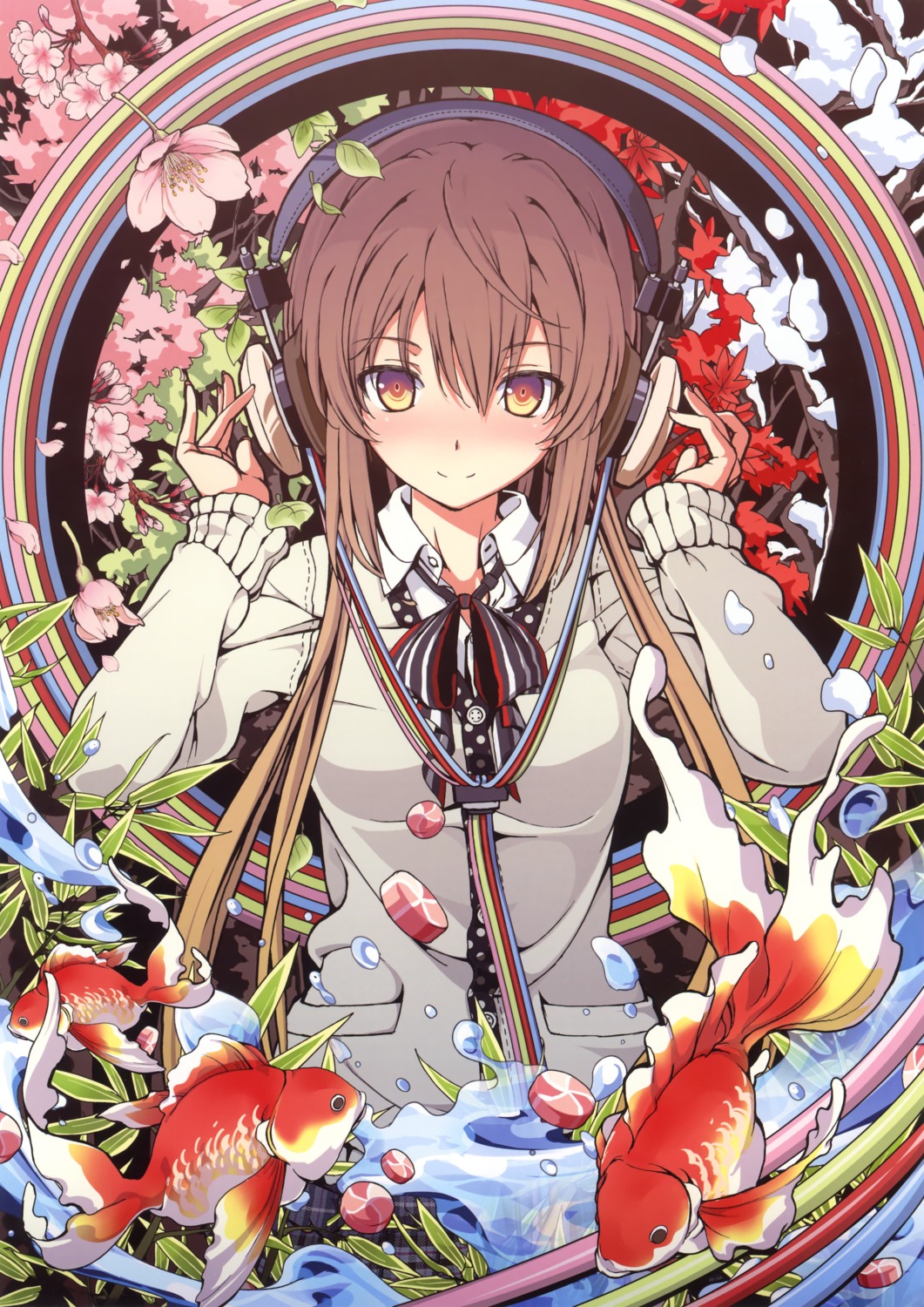This image has been resized. Click on the View larger version link in the sidebar for a high-quality version.
Hide this message.
Image samples have been disabled. If you find this to be too slow, you can turn samples back on in your profile settings.
« Previous Next » This post is #11 in the Eshi 100-Nin Ten 02 pool.
Search
Tags
- ? aka ringo 60
- ? headphones 12092 headphone headset
Statistics
- Id: 255877
- Posted: over 11 years ago by WtfCakes
- Size: 3252x4599
- Rating: Safe
- Score: 108
- Favorited by: 清莹, Hamlet, mingrifuxiao, vorpalem, AnimeFan18, konsana, Phalanx777, lilee, Veta91, Yukimaru32, Serial07, Alexandragon, rainwater16, 幻宇翔空, Romonosov, calionte, Aitl92-kun, Abraxas, YunGoon, lee1238234, Sylch, andrewandrew, Ricetaffy, MarvMarv, Anonymous99, jgarden01, tsunde.re, edogawaconan, animefan01, Pikashi, Assogatari, tigervoid, Saiten, qaz110wsx110, Forbidden, LiGhTXIII, F.L.V., keori, duanmuqi, jindckee, Kakichoco, Yincus, PINKMOONPIE, falcomlee, kaelsmith, nhhi122, Dalliah, N0ctis, a254860775, Δim£K[]-, zhihou, SplashyX, Akor, yangheli22, Lumishare, Crashbox, Utilael, 炽热之瞳, h2so4cuso4, tangerineCC, Riven, aoie_emesai, bababluebird, LS1088, syuki144, EmpressKie, terroralien, Kalessin, yg, VorpalNeko, kinta, terrorking13, Wiresetc, makiechang, ipopocandy, uchiha_792, SeeThrough, nooanianqueetus, ruiko, SeregPie, kran, mootykins, Koyomi, 393211079, palakis, ae336599, ippus9112, Tonfish, Mothman, bakkou, ZenethZero, tbchyu001, hy1hy1hy, VanillaShuu, fireattack (89 more)


WtfCakes
over 11 years agoAkaringo
四重奏
Shijuso (Quartet)
本展に出展させて頂くにあたり、主要テ一マである「日本」という言葉の難しさを痛感しました。「和」は日本という言葉から最も連想されやすい要素ですが、我々は日頃から洋服を着、洋室に住み、パンを食べているわけでして……。「和」は日本のごく一部、それも生活に密着したものではなく、ある種のノスタルジーを以つて遠くから眺めるものとなリつつあります。
「日本」から「和」を抜くと何が残るのか?これは、他国の輝かしい文化に負けないような日本文化を世界に提案じていくにあたり、我々お絵かき軍団が常に考えていかなくてはならないテ一マであると考えています。
国家と宗教が希薄な代わリに、あらゆる文化に寛容な国。クリスマスツリーを片付けた翌日に門松を出す変な国。そんな日本のフアンキーな美しさが、この絵から伝わりますように。
Having been invited to take part in this exhibition, I felt keenly how difficult it is to express ‘Japan’,which forms a major part of the theme. We wear western clothes everyday, live in western-style apartments, and eat bread... Japanese things represent only a small part of our culture and they are not connected with our daily lives, they are rapidly becoming something that we look upon from a distance with a kind of nostalgia.
If we take the Japanese things out of Japan, what is left? I think that this is something that we artists must always bear in mind as we present Japanese culture to the world as one that is the equal of the best in the world.
Only a tenuous relationship exists between the State and religion, while we remain tolerant of all other cultures. It is a strange country where we clear away the Christmas trees one day to bring out the Japanese New Year decorations the next. I hope that this kind of funky beauty is evident in this picture.
lemona
over 11 years ago